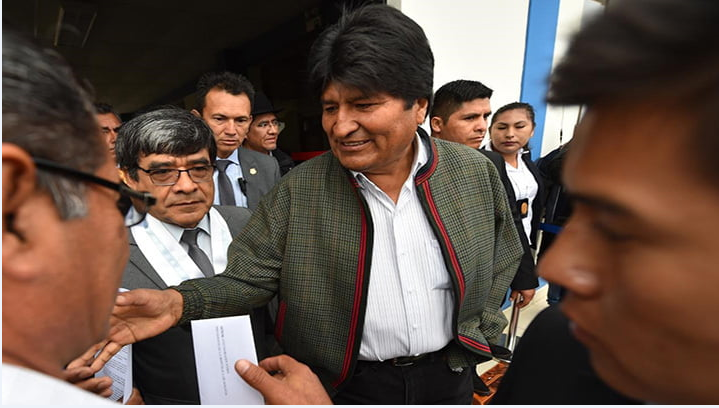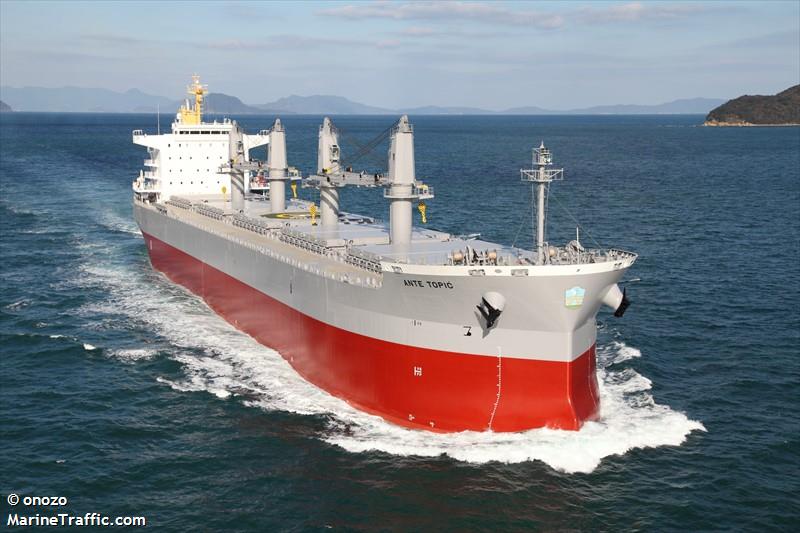
Bolivia’s President Evo Morales explores other options after the International Court of Justice in The Hague rules against Bolivia’s case for access to the sea.
President Evo Morales visited the Peruvian port of Ilo Saturday to assess its suitability as the western terminal of a high capacity, relatively high-speed railway linking with Bolivian cities including Santa Cruz and with Bolivian and Brazilian mining centers. As the daily La Republica reported, this would shrink the journey time to East Asia from 67 days via Panama to 42 days via Ilo.
To make the point, Morales and his entourage were present at Peru’s southern port as the cargo ship Ante Topic unloaded cargo for Bolivia.

Ilo’s mayor, William Valdivia, declared Evo Morales “Huésped Ilustre,” as well he might as the project, if it comes to fruition, could turn Ilo into one of South America’s “megaports.”

Evo himself declared that the “bioceanic train will be the new Panama Canal.”
In Lima, at around the same time (4pm Saturday), a conference at the Club Tacna on Avenida Salaverry was evaluating the performance of the battleship Huascar in the Combat of Angamos before an audience including Chilean historians.
The 1879-1883 war with Chile — when Bolivia lost Atacama and its “access to the sea” and Peru gave up Tarapacá and Arica — remains still, both for Peru and Bolivia, a recurring trauma. Bolivia’s hope was still alive, until the decision at The Hague, that a chink could be found in the legal case put forward by Chile and that this would open up some coastline for Bolivia, however short it might have been.
As it is, an advanced technology train crossing Peruvian territory and terminating at Ilo may be the consolation prize.
In September, Peru’s Ministry of Transport and Communications chose the Ilo-Desaguadero option as the route for the Peruvian section of the 3,755 km railroad that will link with Bolivia, Paraguay and Brazil to the Atlantic Ocean. The 450 km section in Peru to Desaguadero on Lake Titicaca at the Bolivian border will include 180 bridges and 40 km of tunnels.





